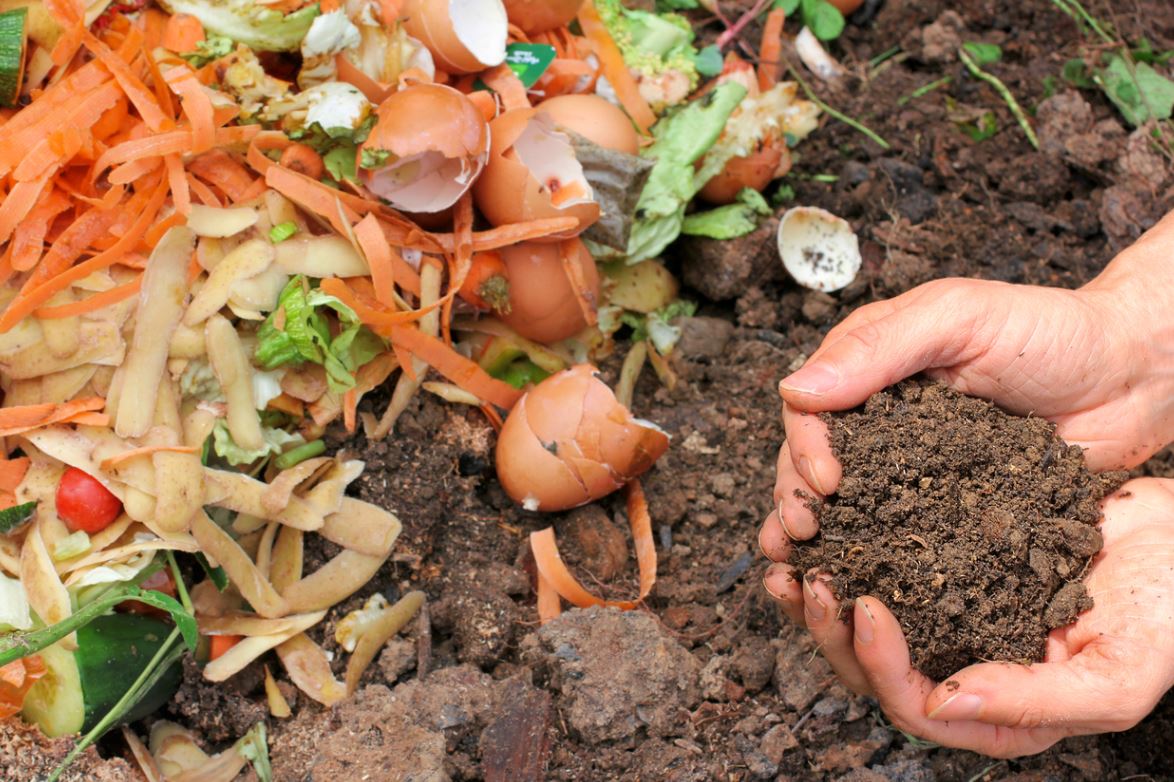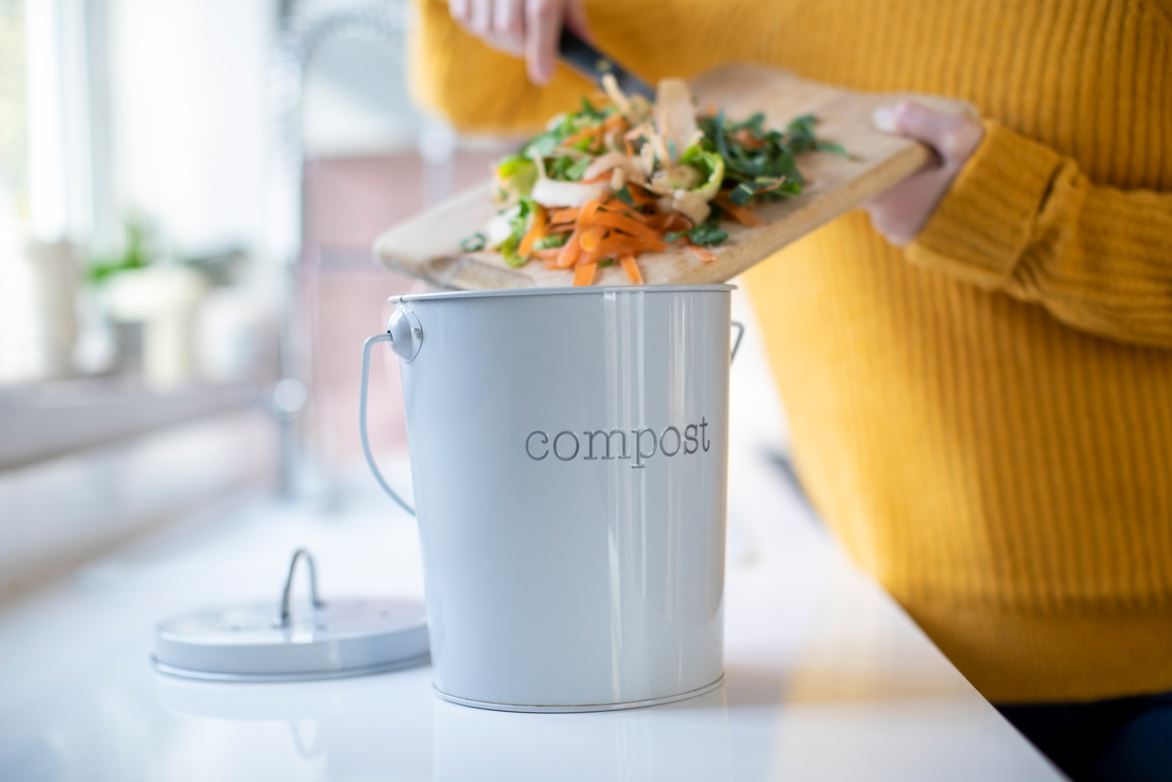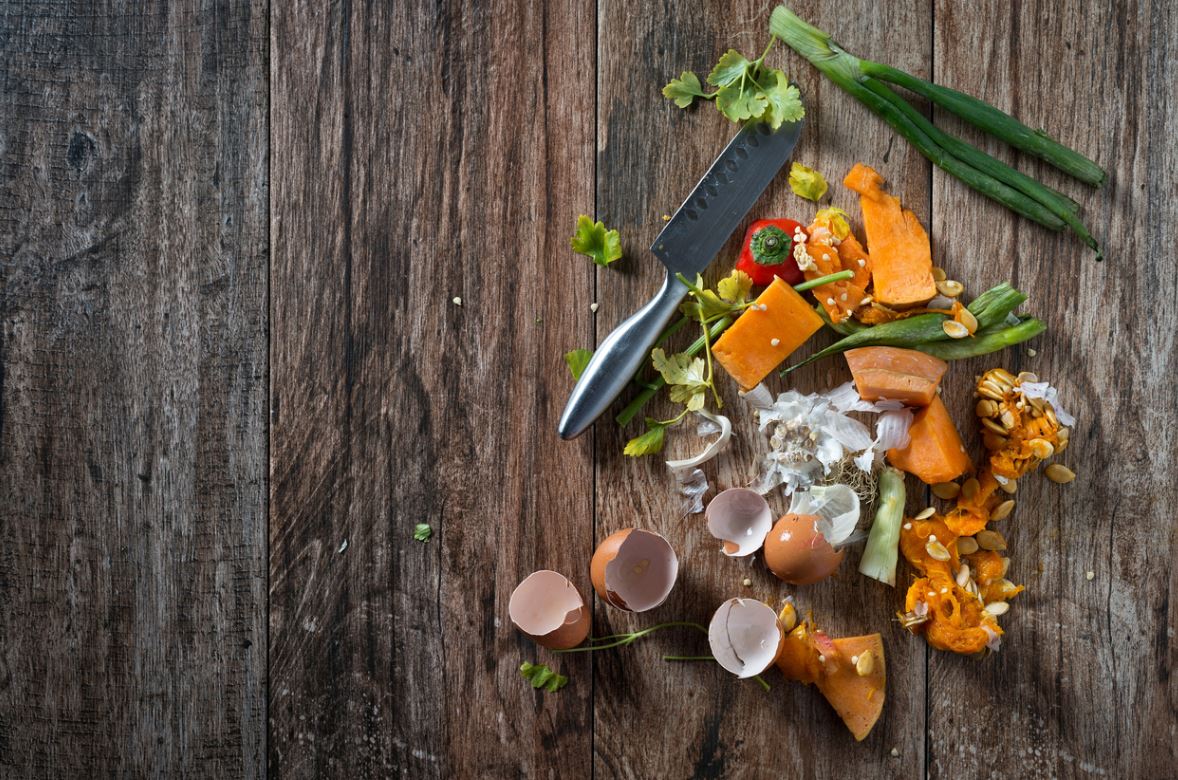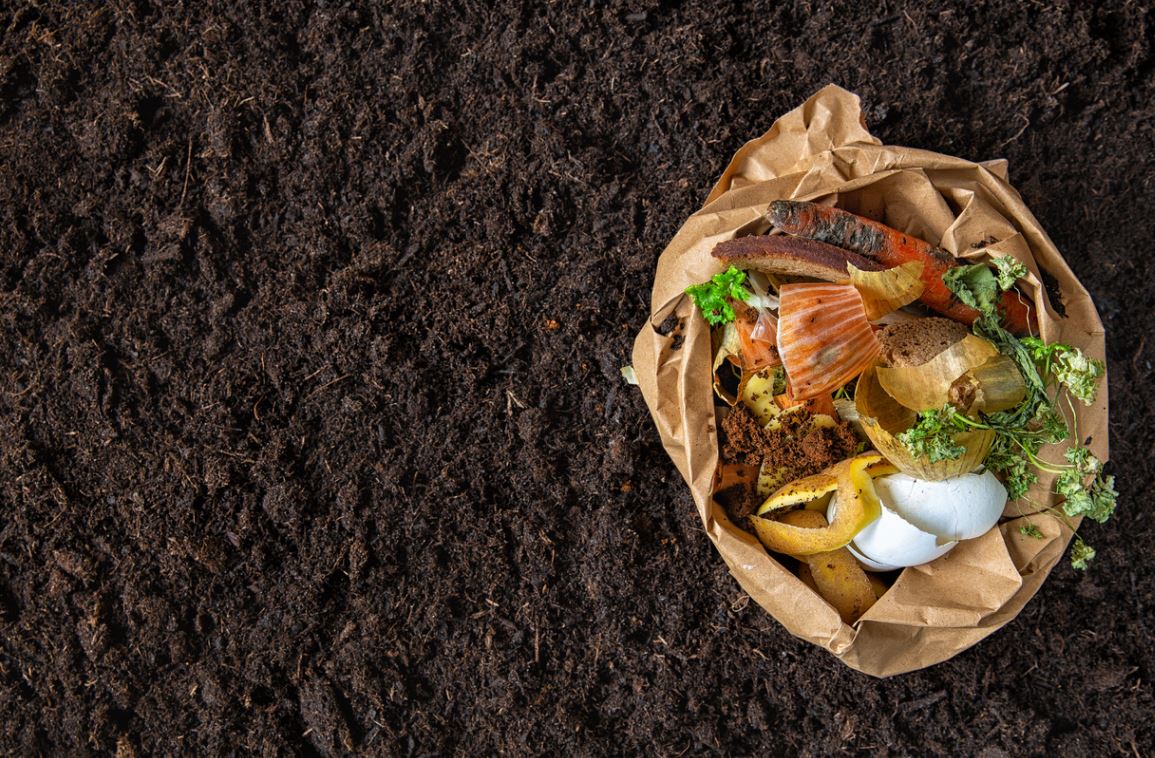
Take advantage of this environmentally friendly gesture that will allow you to lighten your garbage cans while also nurturing your garden and veggie patch. You will therefore benefit from an even more beautiful and productive outdoor space as a result of a free natural solution. To get the most out of it, we recommend learning how to make compost.
What to Put in Your Compost?
The composter can handle a significant volume of garbage. Yet, it appears that not everyone agrees on the matter, but the essential premise is that there should be a balance. As a result, you must alternate between garbage that decomposes fast and waste that takes longer to disintegrate due to its toughness. As a result, you benefit from a relatively quick breakdown, which prevents rot from settling.
Here’s what you may put in your compost while keeping the principle of alternation in mind:
- Wet trash decomposes quickly. This can be food waste such as broken fruits and vegetables, peelings, and so on, but it can also be lawn mowing or weeds as long as they have not gone to seed.
- This time it’s coffee grounds or tea bags, clipped leaves and flowers, eggshells, and other medium-decomposition garbage.
- Long-decomposition waste can include cardboard split into bits, straws, pits, shells, paper handkerchiefs, and other materials.
Finally, the composter will be able to gather both organic and green household garbage. This should significantly lighten your bins while also providing the benefit of a true organic fertilizer.
What Not to Put
There are some restrictions if you add a little bit of everything in your compost to achieve a balance between the different decomposition speeds, and also between dry and moist waste. So here are some things you should avoid:
- Branches, large woods, exotic woods
- Bones
- Oyster shells
- Earth or sand
- Vacuum cleaner bags
- Animal litter
Shellfish must be processed previously, either into powder or crumbs. You can use a chipper to trim the branches so that they can be composted or used as mulch. Furthermore, it is not advisable to put too much grass in the composter. You can dry it before adding it to the compost if necessary. If your grass blades are cut into very little bits and turned into mulch, they can be utilized directly on the lawn.

In a Bin or in a Heap: What to Choose?
You have two options for creating your compost. You can compost in either a pile or a bin.
- Baccalaureat can be purchased or built yourself if you are handy with tools. If your space allows it, having three places is preferable for greater simplicity. Plastic compost bins are commercially available; however, while these types are often the cheapest, they are frequently the least attractive. Wooden models, on the other hand, are often rather pricey in comparison to what they are, but they fit more elegantly into a garden. The greatest option is to create your own. In this scenario, a rather tight mesh fence can be used to delimit a place. This will keep field mice, mice, and other pests out. Whether you buy it or create it, it must be large enough to hold your waste for at least 6 months. In practice,
- The heap is the most straightforward solution to implement. It does, however, necessitate owning a sufficiently vast plot of land. To keep the compost heap from drying out, use a shaded site. It can also be covered so that it is not exposed to the elements when delivered. Also, this will keep it from being washed away by rain.
Two heaps can be constructed to ensure consistency of use.
The Composting Process
Composting is the process by which soil microbes or tiny animals decompose organic materials such as kitchen garbage or garden waste. The fermentation phase is then followed by a large release of heat, with temperatures ranging between 50 and 70°C. Because the heat encourages quick breakdown, a chain reaction occurs. Compost is obtained when all of the garbage has decomposed and after the chilling step. The fertilizer obtained in this manner is fully natural and nutrient-dense. It will boost plant development by giving food if spread on the ground. Also, using compost in the yard allows you to lighten the soil and therefore avoid watering.

Successful Composting: The Basic Rules
It is critical to regularly monitor your compost to ensure its success. Actually, numerous critical elements must be met in order to obtain high-quality compost.
- It should be perfectly wet. If it appears to be overly humid, it should be aired, but brown or dry waste should also be added. If it is insufficient, it may be necessary to water or add wet waste.
- You must guarantee adequate ventilation. When composting in big amounts, it is vital to incorporate coarse materials in your compost, such as straw, to help with aeration. Also, to guarantee proper aeration, it must be stirred on a regular basis. Over the first few weeks, do this mixing frequently, then once a month.
- As previously stated, good composting is all about balance. As a result, you must ensure that you bring the various waste products in a balanced manner.
How to Use Compost?
It can be used in a variety of ways, depending on your need.
- It can be applied to the surface of flowering plants in your beds, etc., at a rate of one handful per foot. It may be necessary to scrape the surface in order for it to better integrate into the soil.
- For your potted plants, you can do a surfacing, which means removing the soil on the surface and replacing it with compost.
- Just sprinkle a good thickness at the base of your roses, perennials, fruit trees, and shrubs.
- When planting your trees, shrubs, flowers, or vegetable garden plants, add one volume of compost for every three volumes of soil.
- It can be spread at the foot of greedy veggies in the vegetable garden. You might scratch the dirt prior to encouraging its assimilation.
- To improve soil quality: in the case of heavy, poor, or sandy soil, compost can be incorporated into the soil.
- Scarifying the soil before spreading the compost is required for the lawn.
Compost is classified into two types:
- Young compost that is 6 to 8 months old and suited for rougher usage. As a result, it can be utilized as a mulch on the ground beneath the plants.
- Compost that is between 10 and 12 months old is considered mature. It is comparable to fertilizer.

Make Your Own Compost
If you don’t want to manufacture your compost in a heap, an excellent alternative is to buy or build a bin. If you want to start making it, we recommend that you learn how to do so.
- Making a type of crate out of boards that are not too wide is a relatively straightforward technique to accomplish. Remember to allow a day between each one to allow for proper aeration of the compost. Nevertheless, this rather simple solution lacks a lid to control humidity and a bottom opening to collect compost as it matures.
- Pallets can also be used, but you’ll need four of them. But, be cautious because those without an inscription are not maintained and may degrade outside due to the effects of harsh weather. As a result, you should prefer versions labeled HT, which are free of any chemical product and have a longer lifespan. Assemble three pallets to make the three sides of a container without disassembling them or using brackets. The fourth side will have the final pallet, which will be hinged to the assembly and will function as a door.
- Another method is to build four wooden frames and connect them with tight-mesh chicken wire to form a cube. You can add a lid, but you can also create a hatch or leave a removable side, as with the pallets.
- For the more ambitious DIYers, we may build a rectangle composter with separations to take use of three composting zones. This will help you to create a turnover and ensure that you always have mature compost. You can build a system on the front of your composter that allows you to slide boards so that you can readily access the compost depending on its maturity.






